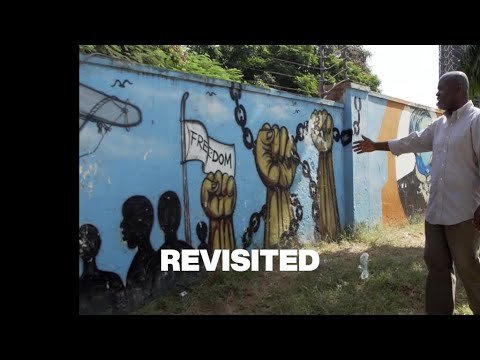The East African Swahili coast, encompassing the cities of Zanzibar, Mombasa, and Lamu, is grappling with the complex legacy of the slave trade, a lucrative enterprise that significantly contributed to the region’s wealth from the 16th century onwards. Despite the abolition of slavery in the 19th century, the memory of this dark period remains painful and is sometimes deliberately obscured. Today, these cities are UNESCO World Heritage sites that attract tourists with their rich history and cultural heritage, even as they confront and preserve the memories of their enslaved past.
- Zanzibar, Mombasa, and Lamu were major trading hubs on the Swahili Coast, benefiting significantly from the slave trade.
- The abolition of slavery led to the decline of the Swahili coast’s prosperity, but the cities have since become major tourist destinations.
- Zanzibar is celebrating the anniversary of the abolition of the slave trade, aiming to educate and attract tourists by promoting its unique heritage.
- Efforts are being made to preserve the historical architecture of these cities, with the government and private investors contributing to conservation efforts.
- The slave trade’s history is still evident in physical remnants like the slave cells in Zanzibar and the slave trade route in Mombasa.
- Descendants of slaves are integrating into the population, but the legacy of slavery remains a painful memory recounted through stories and archives.
- Lamu’s history as a trade hub is celebrated, but the narrative is influenced by Oman’s funding for historical site renovations, excluding the slave trade’s mention.
- The preservation of history is seen as crucial for maintaining the identity and tourism appeal of these cities, with efforts underway to ensure future generations understand the legacy of the slave trade.
France 24 is an international television network and news website owned by the French state.
Official website: https://www.france24.com/en/
Original video here.
This summary has been generated by AI.

Leave a Reply